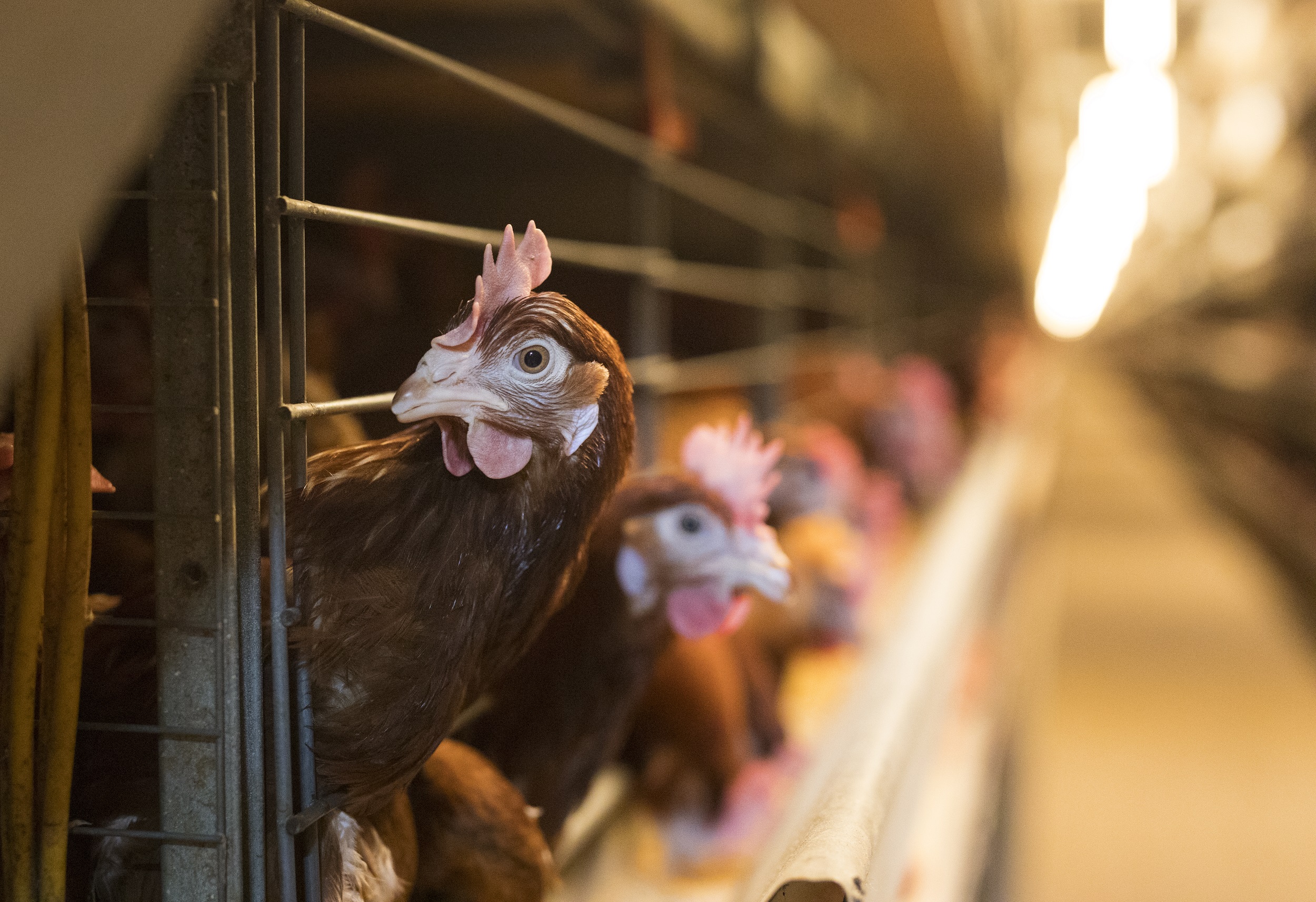Confinement does not automatically equal poor animal welfare

Natural behaviour, one of the elements identified in the Five Freedoms of Animal Welfare, is an increasingly polarising point raised in debates on what constitutes good farm animal welfare. Contrary to what may appear logical to some, what is natural may not always be good for welfare.
Polarised conversations on the use of cages in farming often focus on whether farms should fit with the animals or the other way around. On one side of the debate is the position of animal rights groups, who believe animal welfare can only be upheld in free-range housing systems, as only free-range housing systems can accommodate natural behaviours.
While natural behaviour is important for animal welfare, it is disturbing to boil something as complex as animal welfare down to simplistic concepts such as – “free-range is good, confinement is bad”. We must not forget that natural behaviours for animals include such instincts as expressing dominance.
The hierarchical nature of egg-laying hens is, for example, the direct reason why the mortality rate is twice as high in free-range housing systems compared to enriched cages. For the animal free to be pecked at by dominant animals in the herd, a free-range housing system will not necessarily help ensure good animal welfare. This is an example of why simplistic approaches to animal welfare, perhaps based on our human thoughts and feelings, may decrease rather than improve levels of animal welfare.
Free-range systems are not best per definition, just because the word ‘free’ resonates in such a powerful way with almost everyone, as world-leading animal welfare scientist Marian Stamp Dawkins puts it. Instead, she says, our guide to good animal welfare goes through the knowledge animal welfare research can provide us. “Do captive animals want to do all the things their wild counterparts do, or do they find plentiful food without having to hunt for it preferable? The connection between ‘natural’ and ‘good’ welfare becomes something that has to be established with facts by looking at the animals themselves, not just by making romantic assumptions about what life in the wild might be like“.
Through so-called choice tests, in which animals’ motivation for different resources is measured through the workload they are willing to put up with to access the resource, can provide very good scientific knowledge on the preferences of animals. Such tests have documented the high importance of dust baths for hens and nest building for minks, both behaviours found in the domesticated species’ wild counterparts. However, the same kind of tests have documented that access to swimming water is not particularly important to the farmed mink, demonstrating that to the extent to which you can ask the animals themselves, natural behaviours can both be important and not important.
The use of cages or other temporary confinement techniques in farming is a hot topic in Europe today, and this emotionally-charged debate has managed to find footing into the review of EU Animal Welfare legislation. Conversations around using cages, free movement, and the right for animals to have their own lives continue to focus on very personal human views and values. While these values are legitimate, they do not offer any objective thinking around the definition of animal welfare based on species-specific, farm-system specific realities and scientific knowledge.
Take farrowing crates for sows, for example. These may look uncomfortable to us, but they are designed to protect the piglet. The temporary confinement in the crates prevents the sow from lying on the piglets by accident, which may otherwise naturally occur, leading to the death of the piglets.
But the continued use of confinement for some species in Europe does not mean that farmers are unwilling to make changes where changes are supported by the latest scientific knowledge and where they are both practically and financially feasible.
For example, the European Waterfowl sector changed all its equipment in response to the Council of Europe’s Recommendation of 22 June 1999. All individual cages – épinettes – were replaced by collective cages that allow ducks and geese to stand with a normal posture, turn around without difficulty, flap their wings and carry out normal feeding and drinking movements. This housing system meets animal welfare requirements, sanitary imperatives and the ergonomics of the farmer’s work while achieving excellence in production. How animal welfare is achieved or upheld is not so black and white in the real world. Limitations should be well-researched alongside the opportunities. And it should be a matter of science, not emotion.